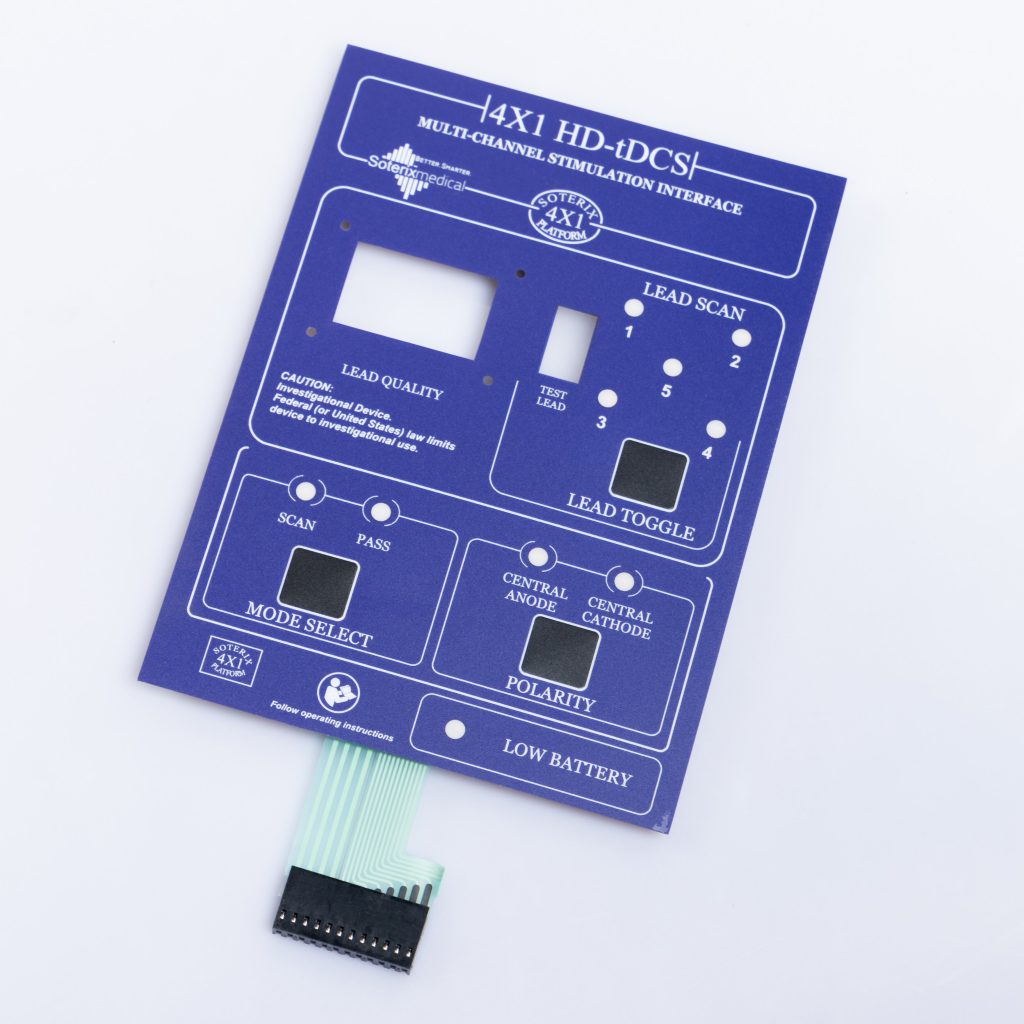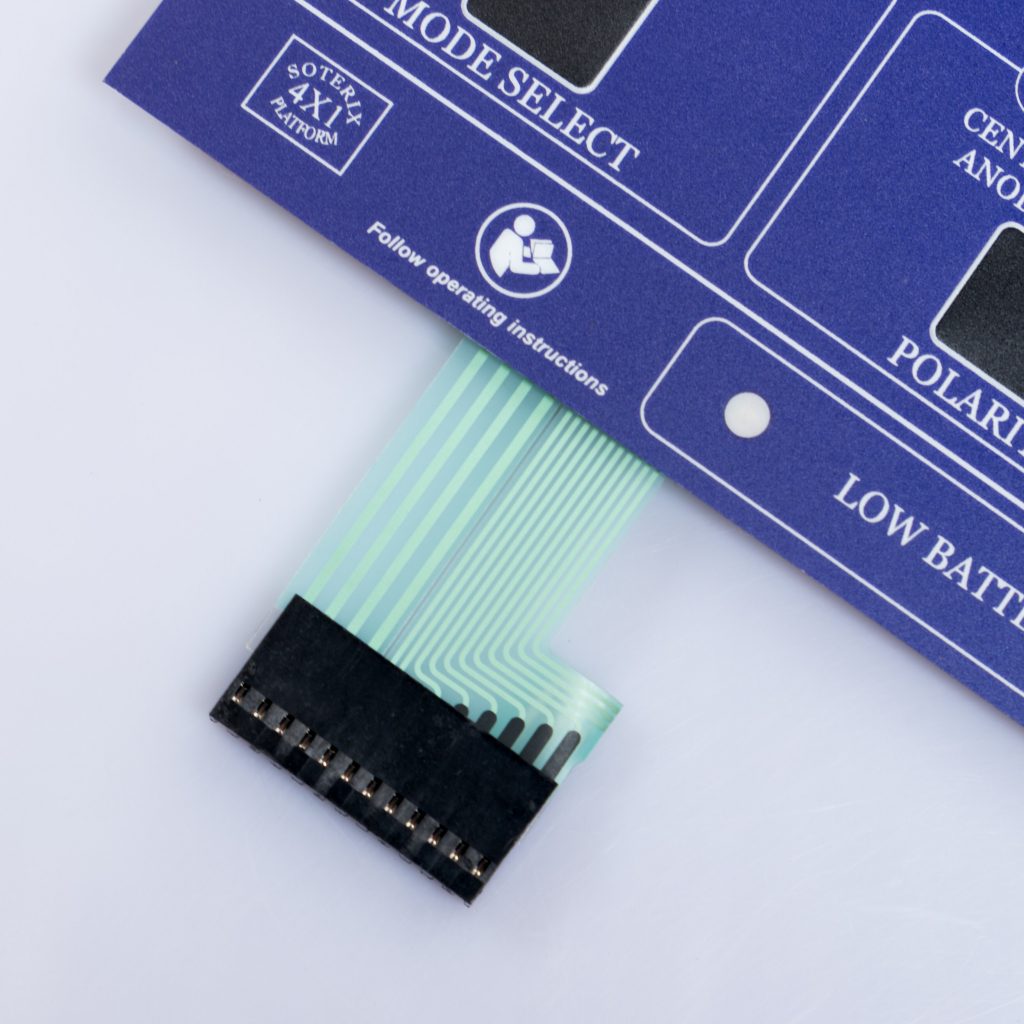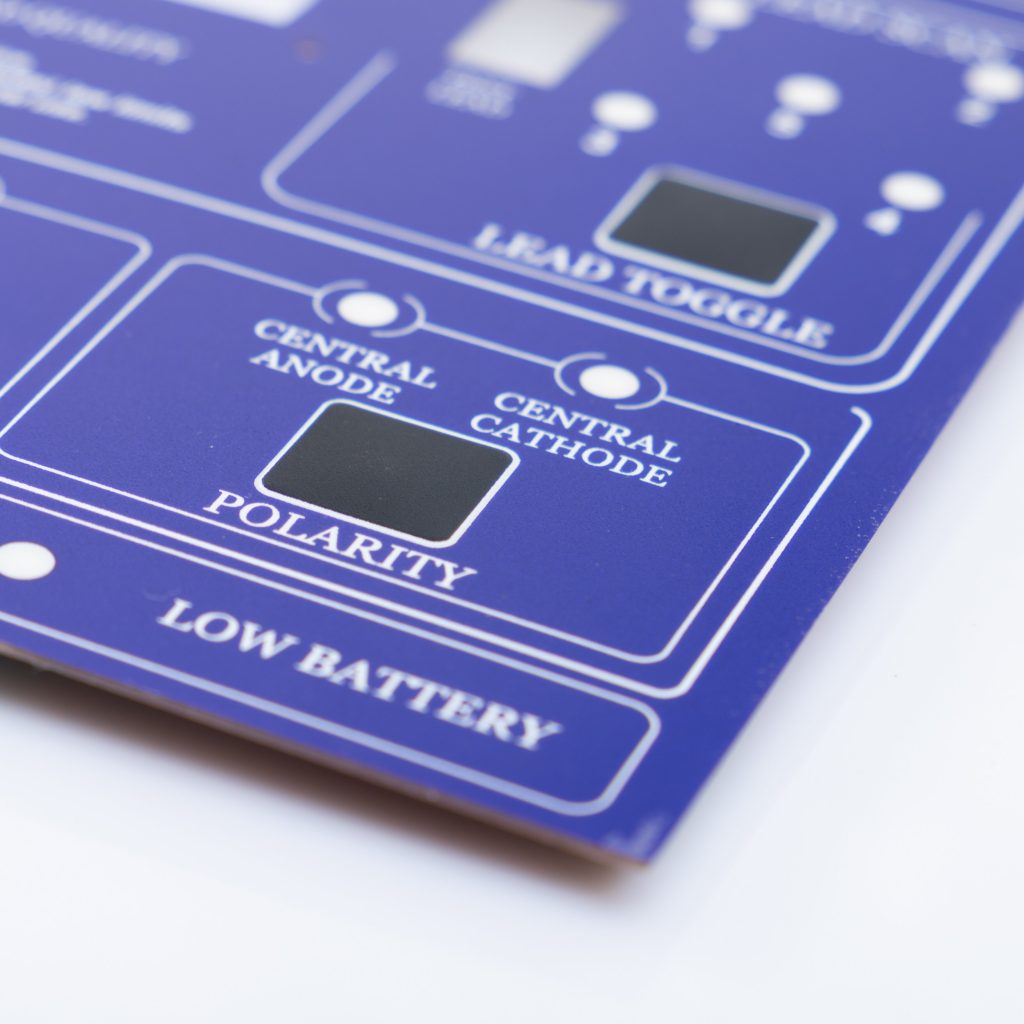Contact
Write to Us And We Would Be Happy to Advise You.
Do you have any questions, or would you like to speak directly with a representative?
By hqt
Membrane switches are widely used in various industries, from electronics to medical devices. These switches provide a convenient and reliable interface for users to interact with electronic devices. However, to ensure their longevity and optimal performance, membrane switches require surface treatment with matte oil. In this article, we will explore the reasons behind this necessity and shed light on the benefits it brings.



Surface treatment with matte oil is essential for membrane switches due to several reasons. Let’s delve into each of them:
Membrane switches are subjected to frequent use, often involving repetitive pressing and contact with external elements. Without proper surface treatment, the switches can be prone to wear and tear, leading to reduced durability and performance. Matte oil creates a protective layer that shields the switch from scratches, abrasion, and other forms of damage.
Tactile feedback is crucial in membrane switches as it allows users to feel and confirm successful activation. Matte oil surface treatment provides a textured finish, improving the tactile experience for users. The matte surface offers a comfortable grip and prevents the switch from feeling slippery or sticky, ensuring precise and responsive feedback.
Membrane switches can be exposed to various environmental factors such as moisture, dust, and chemicals. These elements can degrade the switch’s functionality over time. Matte oil surface treatment acts as a barrier, protecting the switch from moisture, dust, and chemical contaminants. This resistance ensures the switch’s longevity and reliability, even in harsh operating conditions.
Glare can be a significant issue when using membrane switches in well-lit environments. The glossy surface of untreated switches reflects light, causing visual discomfort and making it challenging to read the printed graphics or labels. By applying matte oil, the surface becomes non-reflective, reducing glare and improving visibility.
Untreated membrane switches are prone to fingerprint smudges, especially on glossy surfaces. These smudges not only diminish the switch’s aesthetic appeal but can also interfere with readability and user experience. Matte oil surface treatment repels fingerprints, keeping the switch clean and maintaining its appearance over time.
Membrane switches that undergo surface treatment with matte oil are easier to clean and maintain. The non-stick properties of the matte surface prevent debris and dirt from adhering firmly, simplifying the cleaning process. Regular maintenance ensures the switch remains in optimal condition and prolongs its lifespan.
No, not all membrane switches require surface treatment with matte oil. The necessity depends on factors such as the intended application, environmental conditions, and user requirements. In some cases, a glossy surface may be preferred. Consulting with an expert can help determine the most suitable treatment for your specific needs.
Yes, matte oil surface treatment can be applied to existing membrane switches. However, it is crucial to ensure proper cleaning and preparation of the switch surface before applying the treatment. Professional assistance is recommended to achieve optimal results.
No, matte oil surface treatment does not significantly affect the tactile response of membrane switches. In fact, it can enhance the tactile experience by providing a textured finish that improves grip and feedback.
The longevity of matte oil surface treatment depends on various factors, including usage frequency, environmental conditions, and the quality of the treatment applied. Generally, a well-applied treatment can last for an extended period, ensuring long-lasting protection and functionality.
Yes, there are alternative surface treatments for membrane switches. These include glossy coatings, textured finishes, and specialized protective films. Each treatment option has its advantages and is suitable for different applications. Consulting with a professional can help determine the best treatment for your specific requirements.
Yes, matte oil surface treatment can be customized with different colors. This customization allows for aesthetic appeal and branding opportunities. By incorporating specific colors, the membrane switches can align with the overall product design or corporate identity.
Surface treatment with matte oil is crucial for membrane switches due to the various benefits it offers. From protection against wear and tear to enhanced tactile feedback, resistance to environmental factors, and improved visibility, matte oil surface treatment ensures optimal performance and longevity. By understanding the importance of surface treatment, you can make informed decisions when selecting and maintaining membrane switches.
Do you have any questions, or would you like to speak directly with a representative?